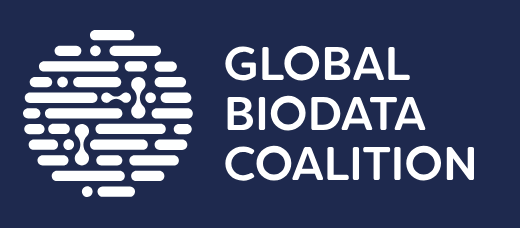The name of this superfamily has been modified since the most recent official CATH+ release (v4_4_0). At the point of the last release, this superfamily was named:
"Transferase(Phosphotransferase) domain 1
".
FunFam 2026: Serine/threonine-protein kinase pink-1, mitochondr...
Please note: GO annotations are assigned to the full protein sequence rather than individual protein domains. Since a given protein can contain multiple domains, it is possible that some of the annotations below come from additional domains that occur in the same protein, but have been classified elsewhere in CATH.
There are 0 GO terms relating to "molecular function"
The search results have been sorted with the annotations that are found most frequently at the top of the
list. The results can be filtered by typing text into the search box at the top of the table.
There are 8 GO terms relating to "biological process"
The search results have been sorted with the annotations that are found most frequently at the top of the
list. The results can be filtered by typing text into the search box at the top of the table.
| GO Term | Annotations | Evidence |
|---|---|---|
|
Autophagy of mitochondrion GO:0000422
The autophagic process in which mitochondria are delivered to the vacuole and degraded in response to changing cellular conditions.
|
1 | Q09298 (/IMP) |
|
Mitochondrion organization GO:0007005
A process that is carried out at the cellular level which results in the assembly, arrangement of constituent parts, or disassembly of a mitochondrion; includes mitochondrial morphogenesis and distribution, and replication of the mitochondrial genome as well as synthesis of new mitochondrial components.
|
1 | Q09298 (/IMP) |
|
Axon guidance GO:0007411
The chemotaxis process that directs the migration of an axon growth cone to a specific target site in response to a combination of attractive and repulsive cues.
|
1 | Q09298 (/IMP) |
|
Positive regulation of protein ubiquitination GO:0031398
Any process that activates or increases the frequency, rate or extent of the addition of ubiquitin groups to a protein.
|
1 | Q09298 (/IMP) |
|
Cellular response to oxidative stress GO:0034599
Any process that results in a change in state or activity of a cell (in terms of movement, secretion, enzyme production, gene expression, etc.) as a result of oxidative stress, a state often resulting from exposure to high levels of reactive oxygen species, e.g. superoxide anions, hydrogen peroxide (H2O2), and hydroxyl radicals.
|
1 | Q09298 (/IMP) |
|
Response to endoplasmic reticulum stress GO:0034976
Any process that results in a change in state or activity of a cell (in terms of movement, secretion, enzyme production, gene expression, etc.) as a result of a stress acting at the endoplasmic reticulum. ER stress usually results from the accumulation of unfolded or misfolded proteins in the ER lumen.
|
1 | Q09298 (/IGI) |
|
Axon extension involved in axon guidance GO:0048846
The long distance growth of a single cell process, that is involved in the migration of an axon growth cone, where the migration is directed to a specific target site by a combination of attractive and repulsive cues.
|
1 | Q09298 (/IGI) |
|
Axon extension involved in axon guidance GO:0048846
The long distance growth of a single cell process, that is involved in the migration of an axon growth cone, where the migration is directed to a specific target site by a combination of attractive and repulsive cues.
|
1 | Q09298 (/IMP) |
There are 2 GO terms relating to "cellular component"
The search results have been sorted with the annotations that are found most frequently at the top of the
list. The results can be filtered by typing text into the search box at the top of the table.
| GO Term | Annotations | Evidence |
|---|---|---|
|
Cytoplasm GO:0005737
All of the contents of a cell excluding the plasma membrane and nucleus, but including other subcellular structures.
|
1 | Q09298 (/IDA) |
|
Mitochondrion GO:0005739
A semiautonomous, self replicating organelle that occurs in varying numbers, shapes, and sizes in the cytoplasm of virtually all eukaryotic cells. It is notably the site of tissue respiration.
|
1 | Q09298 (/IDA) |
